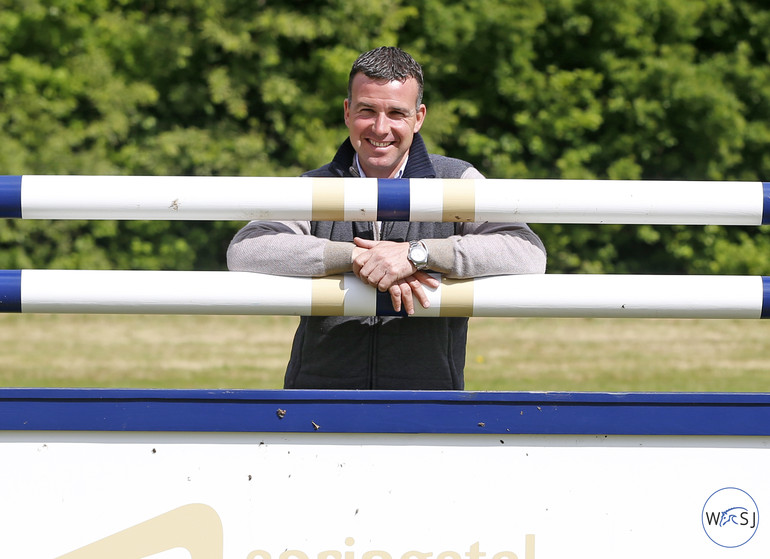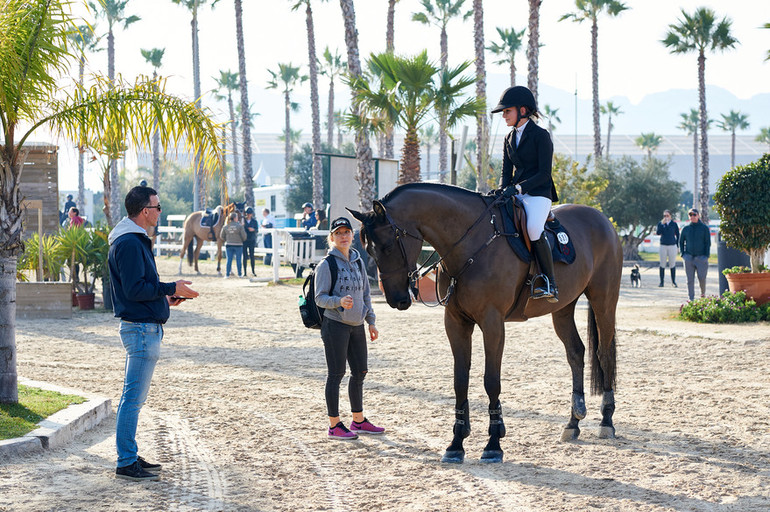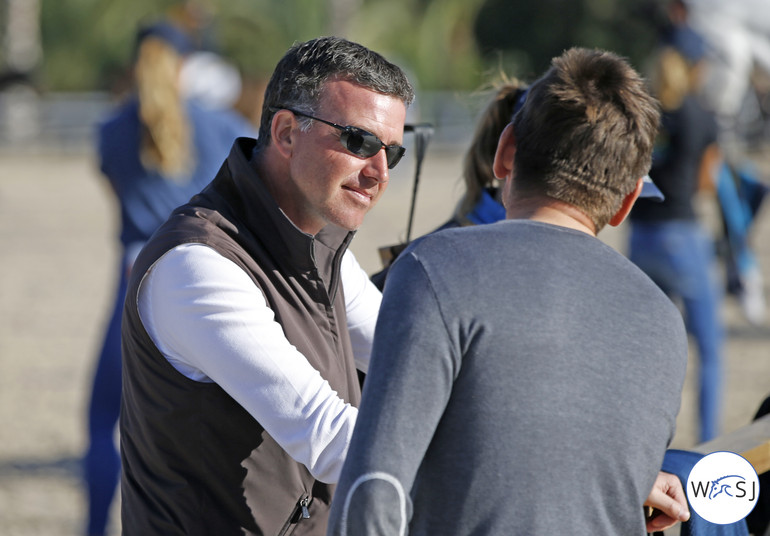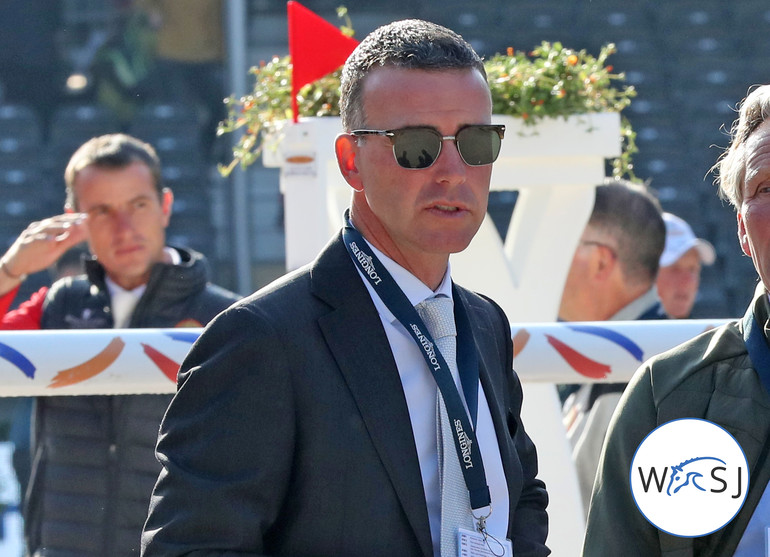Text © World of Showjumping
With eight students – competing at one-star up to five-star Grand Prix level – and a total of 40 horses in the stable, well-known trainer/rider/show organiser Yves Houtackers has kept busy training during the forced show break. “We are all in the same situation. Our main goal has been to keep the horses happy and the riders motivated without any international shows,” Houtackers says.
“I think variation has been the most important. All the horses have been in the forest at least once a week, on the racetrack once a week, gotten lunged once a week and had the Sunday off – that is four days already. On Tuesdays, we have done dressage work with some poles and then we have split the jumping between Wednesday and Thursday. All the horses have also been in the paddock and walker every day, so they have been out at least three times.”
For Houtackers, it has been important to build the work up in the beginning of the week, do the jumping in the middle of the week and then build the work down again ahead of Sunday when the horses are off. “We have been rotating with gymnastic work and course jumping between the weeks. For the gymnastics we have changed the exercise every time. Some examples of exercises I like is four-five verticals with one stride in between, or in-and-outs to train the strength and reflex. I also like to start lines with trot into an in-and-out – for example one in-and-out followed by one stride to an oxer and then two strides to an oxer. This week’s gymnastics was one in-and-out followed by three oxers with one stride in between. The reason I like to start a line with in-and-outs is that the riders get the horses in front of them and it gets easier to keep the rhythm for the rest of the line. It is also good for rider’s balance.”
When it comes to jumping, the focus has been on the younger horses. The older, more experienced, horses don’t jump that much. “With the older horses we put more time into the dressage work,” Houtackers tells.
Lunging is done differently from horse to horse, depending on their needs. “If they are a bit tense in their back I want them to stretch and work long and low. Other horses might be a bit weak behind and they get to work with the Pessoa. Some horses are also being double lunged but then it is important that the riders do it themselves, as you need to have the feeling for your horse to do this. The reason why we have one day of lunging on the weekly schedule is to give the horse variation but also let them work without a rider on their back. Some horses want to buck around and get rid of some extra energy, while others need to stretch,” Yves says.
Also the training on the racetrack is different from horse to horse. “If it is a slower horse the focus is on shorter sprints. To ride slower, then fast forward and then slower again – to make the horses more awake and alert. If you on the other hand have a hot horse, the focus is to get the horse to relax and calm down in a higher tempo.”
”On Fridays we mostly do the happy hack. Then we let the horses trot a bit to get rid of any sour muscles they might have after jumping,” Houtackers tells.
Houtackers is also of the opinion that surface variation is important. “I think it is really important to ride on different surfaces and not to get stuck in the outdoor. We do a lot of our dressage work out on the grass and when we are out in the forest we ride both in the woods and also on the bike tracks.”
To keep the motivation up among his students, Houtackers organized a team competition with two riders on each team – competing one round on Thursday and one round on Friday. “Everyone got very motivated, both the riders and the grooms and all of them wanted to do well which also created a bit of mental pressure. In other words, training and fun at the same time! Don’t forget to have a bit of fun along the way as it keeps the motivation up. And stay safe and healthy everyone!”
No reproduction without permission, copyright © World of Showjumping












